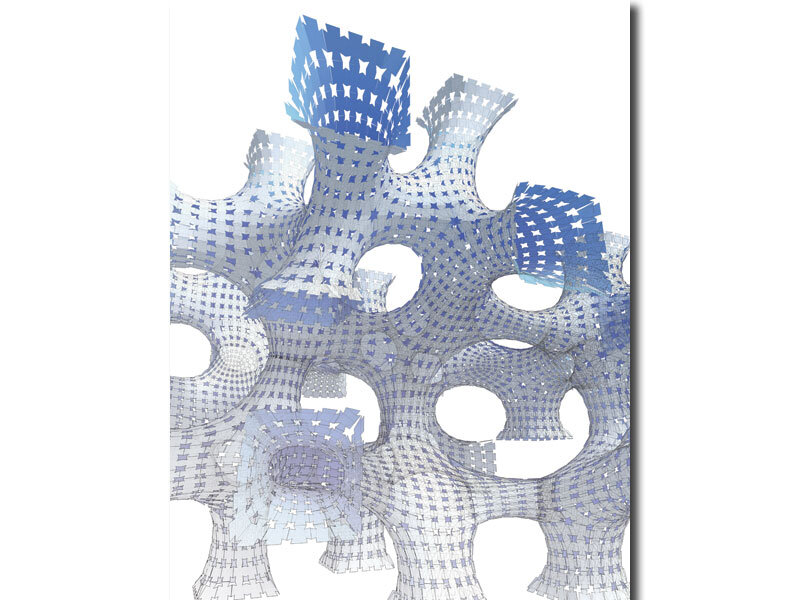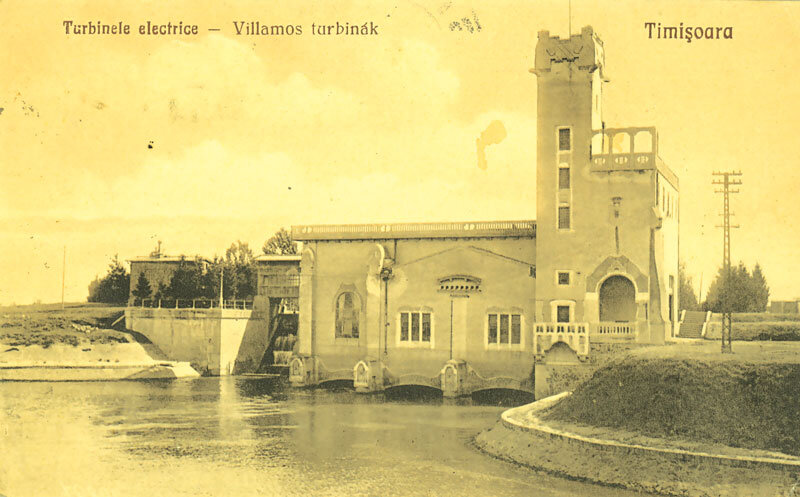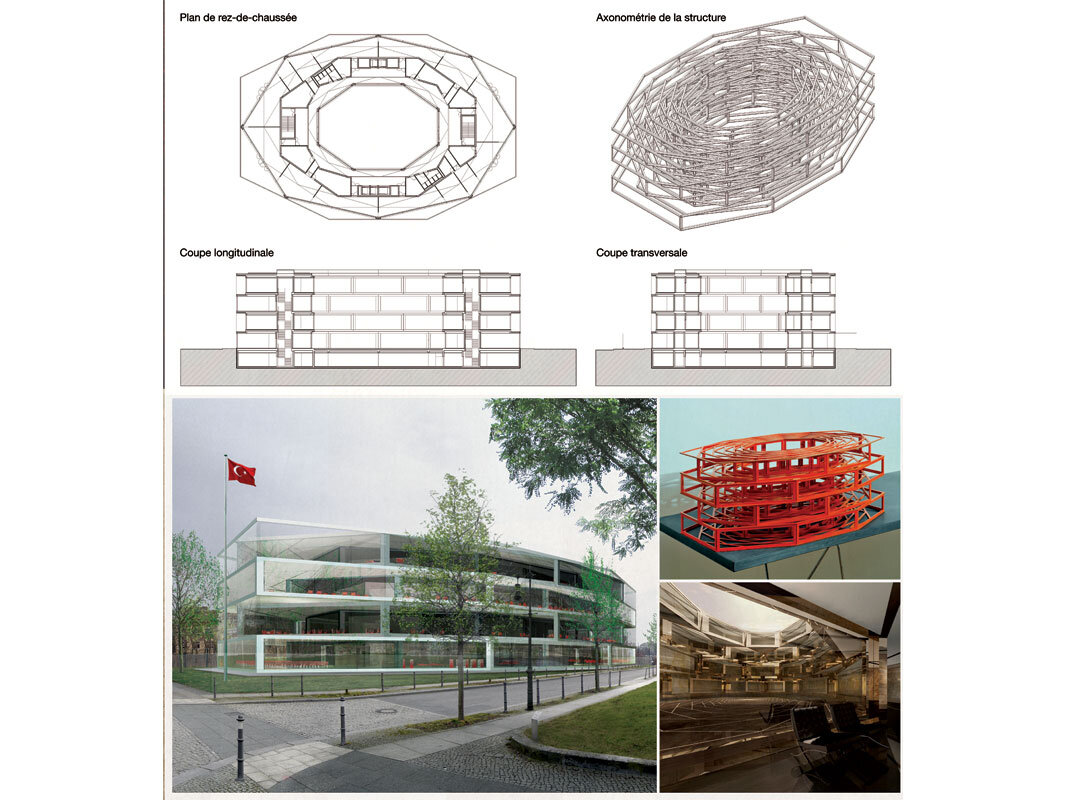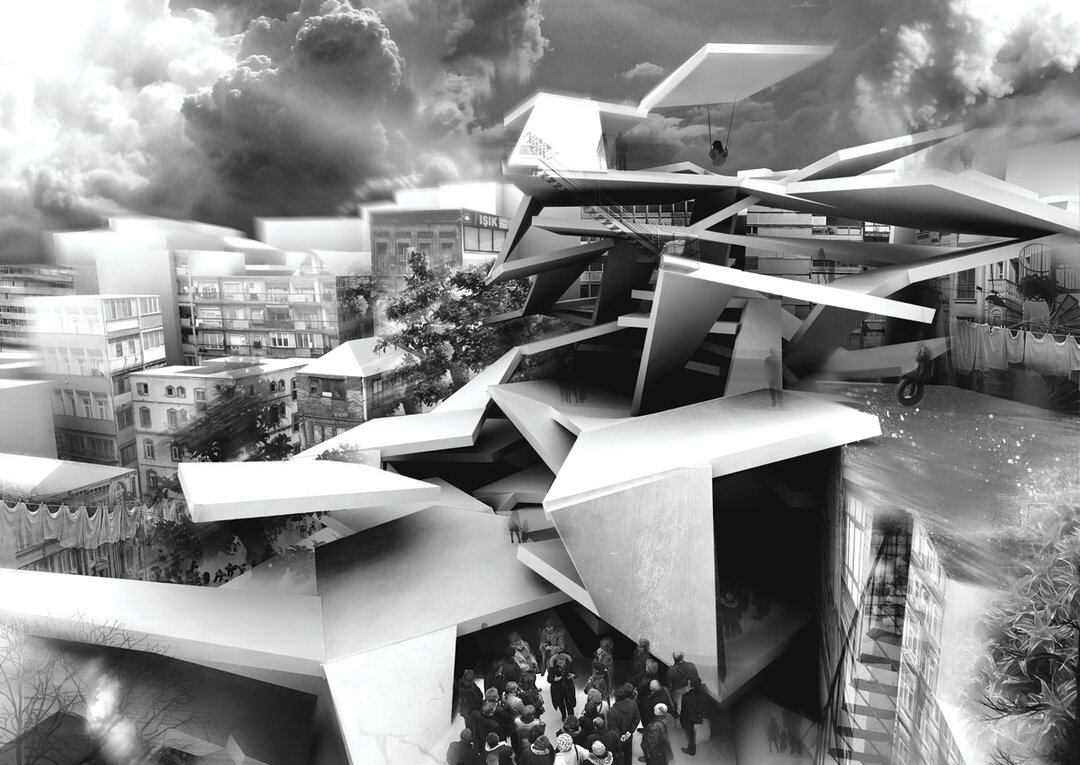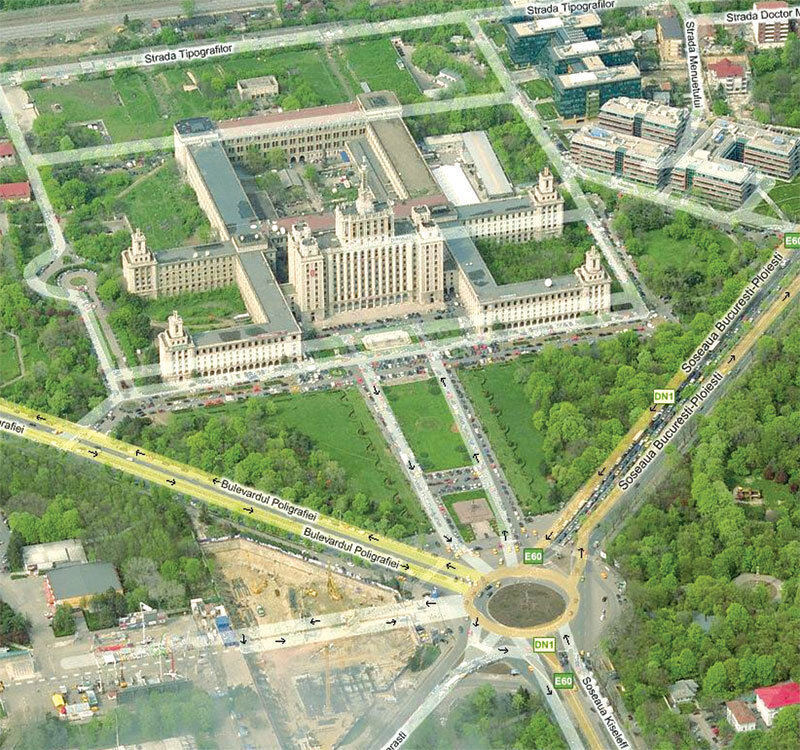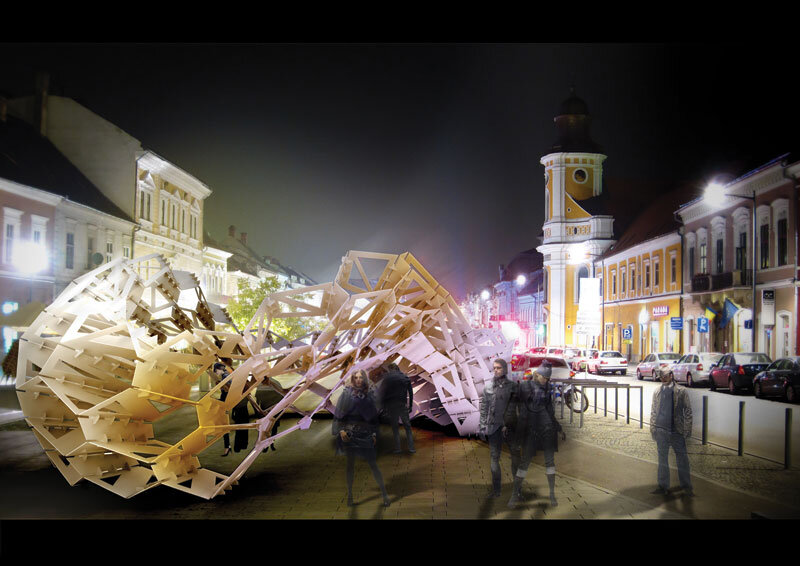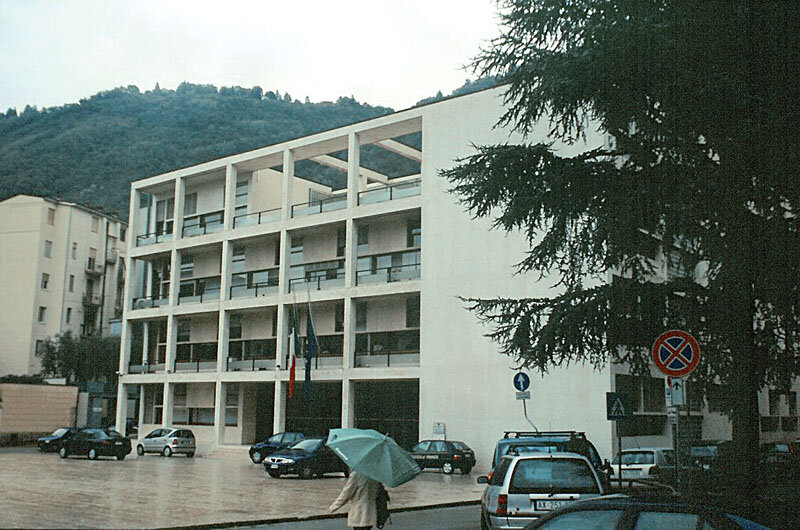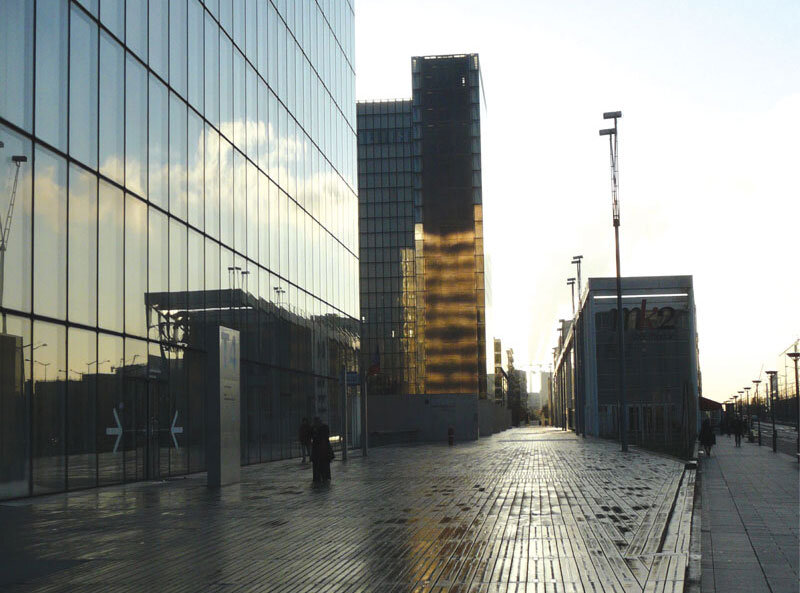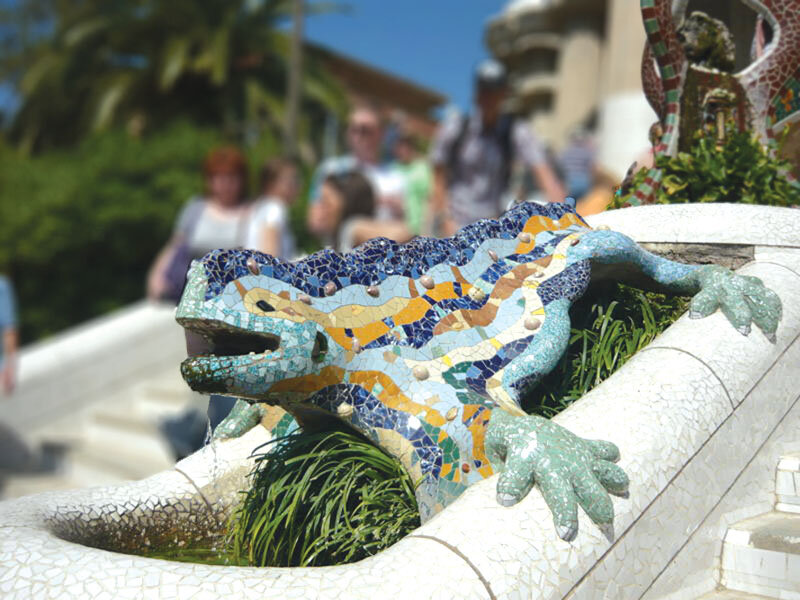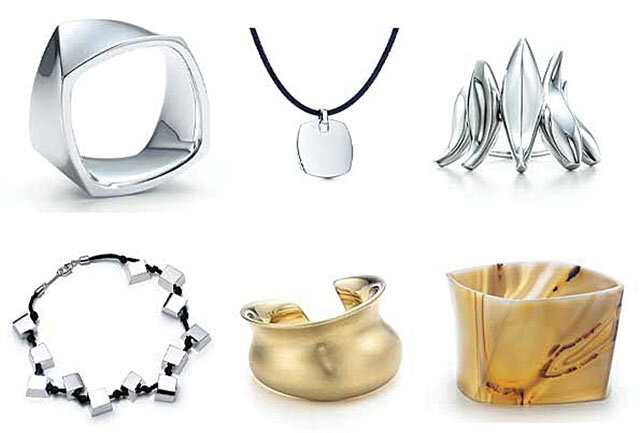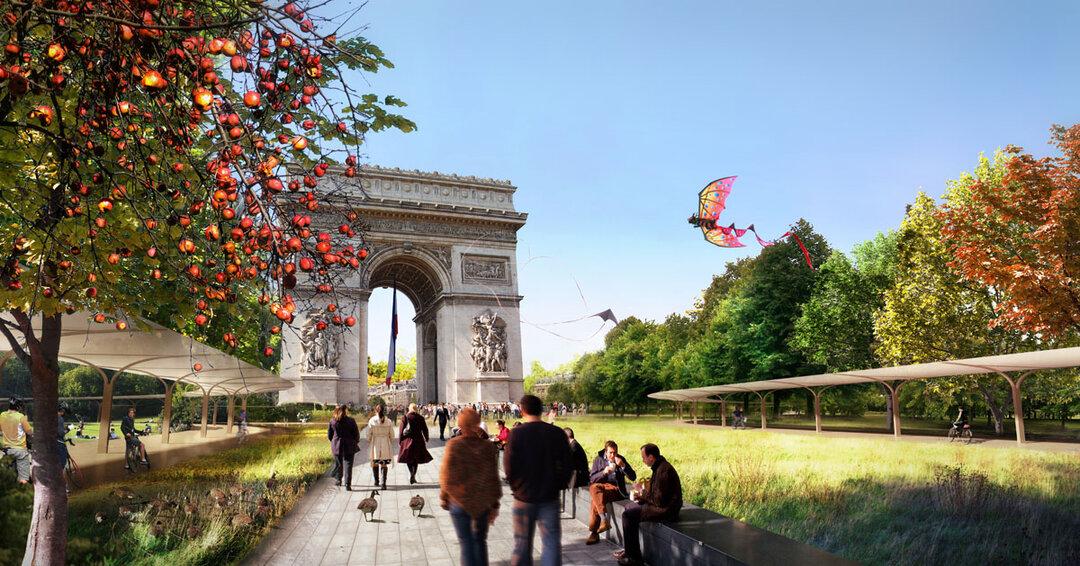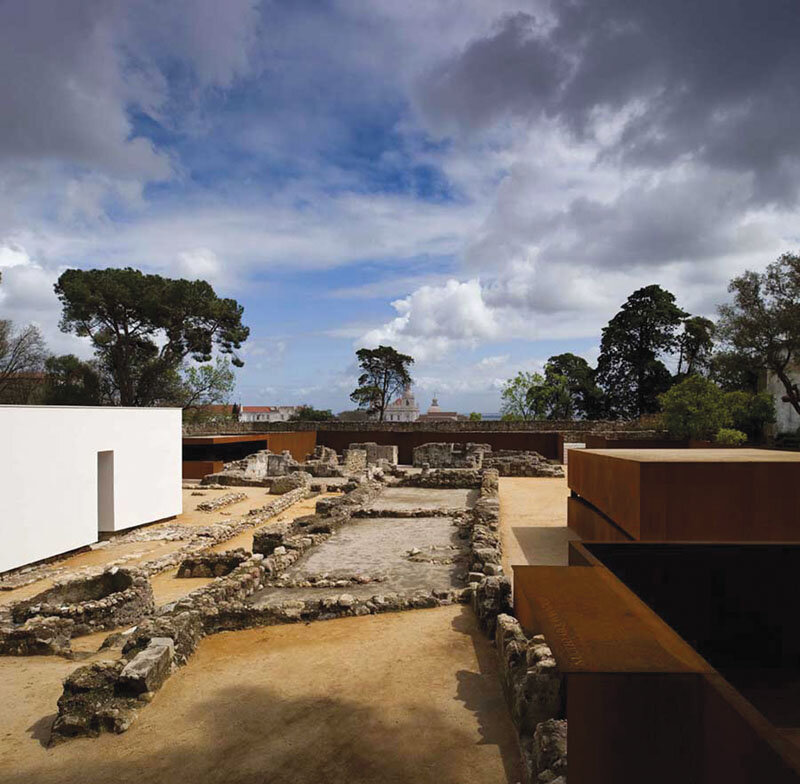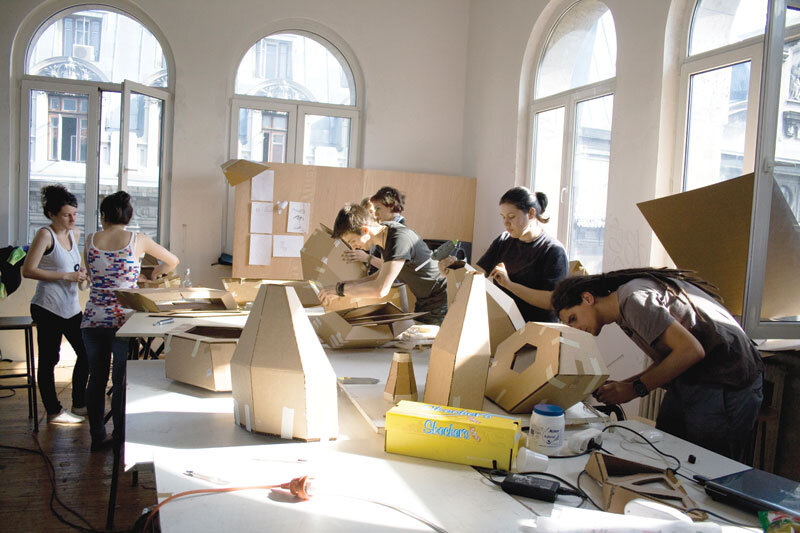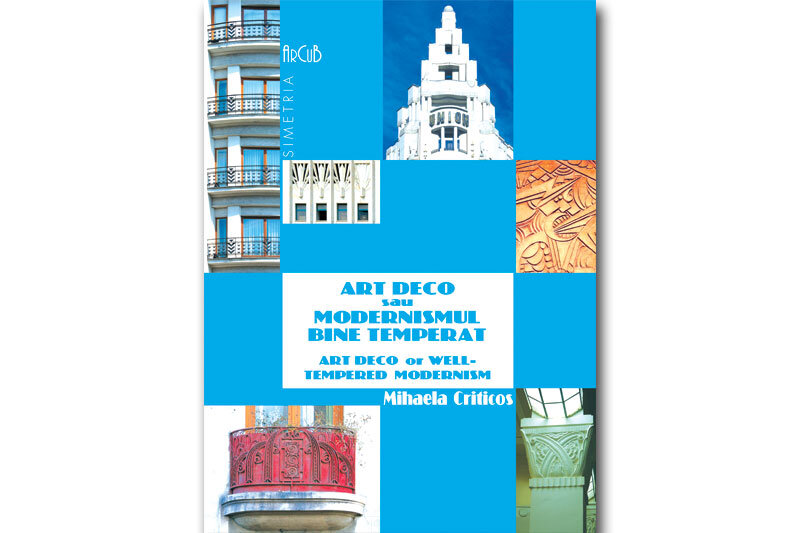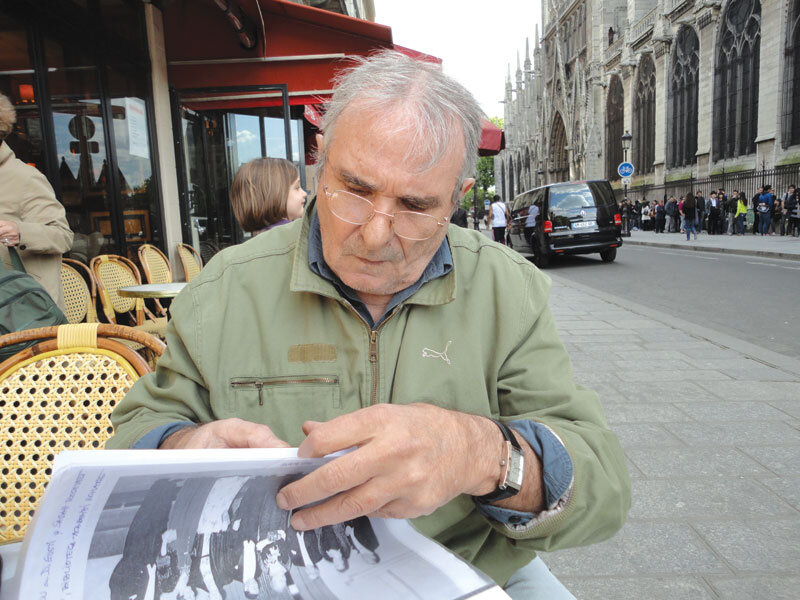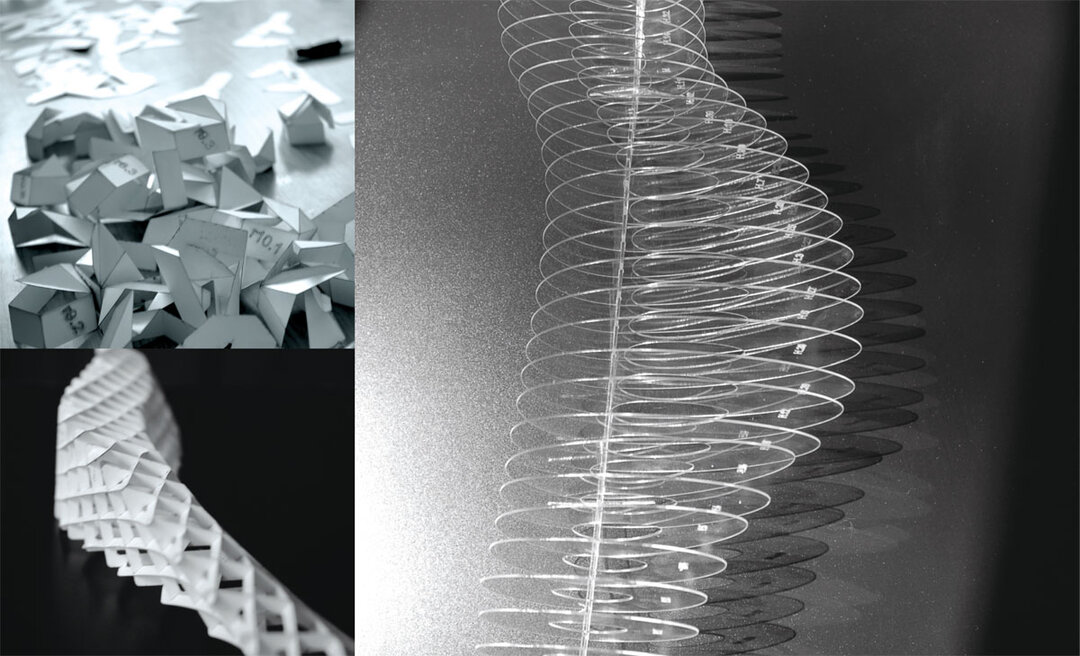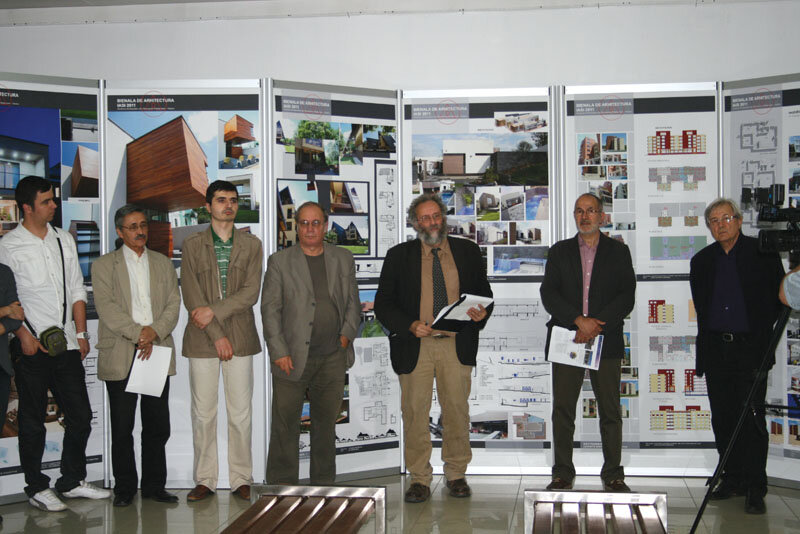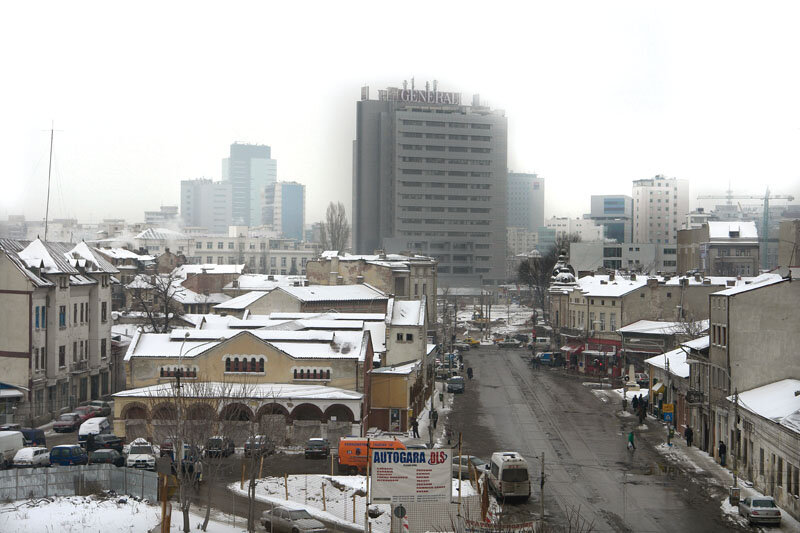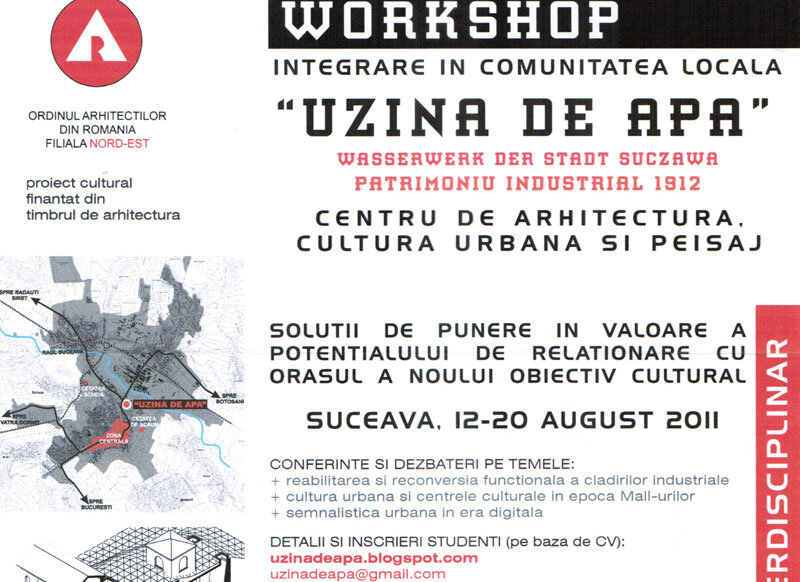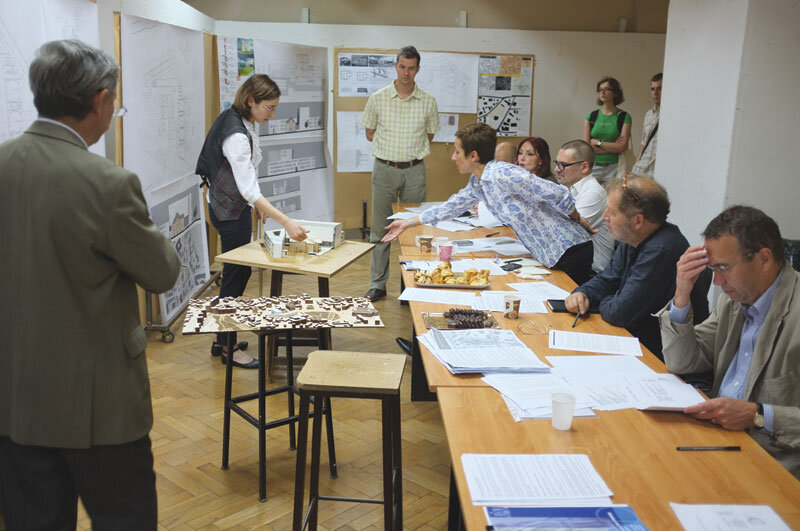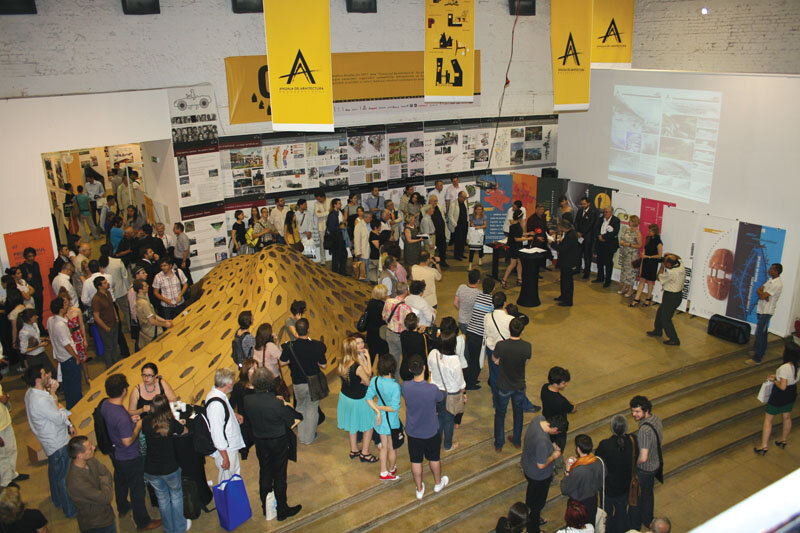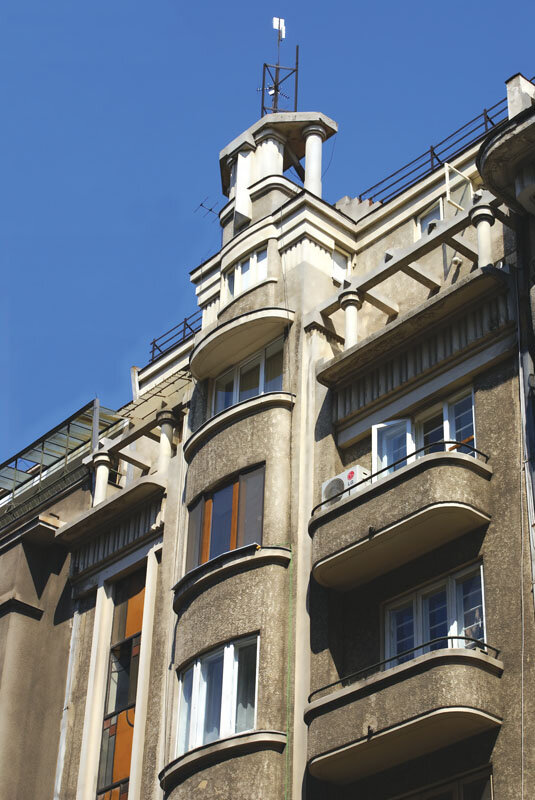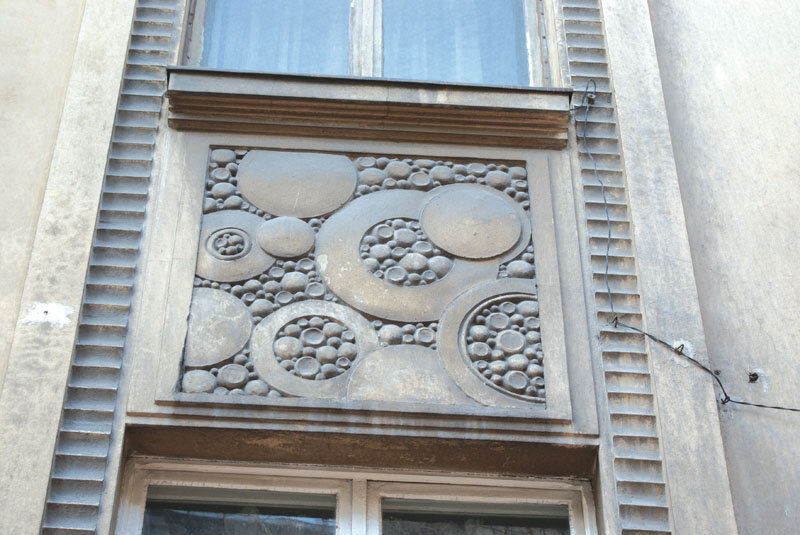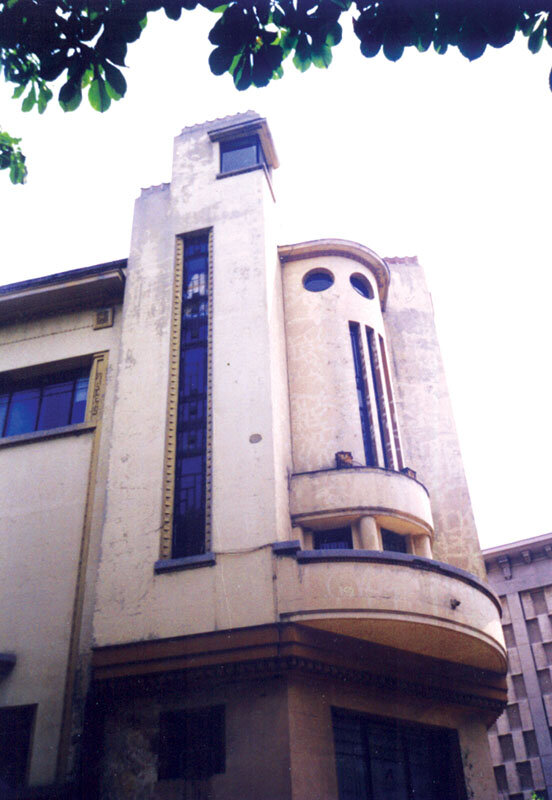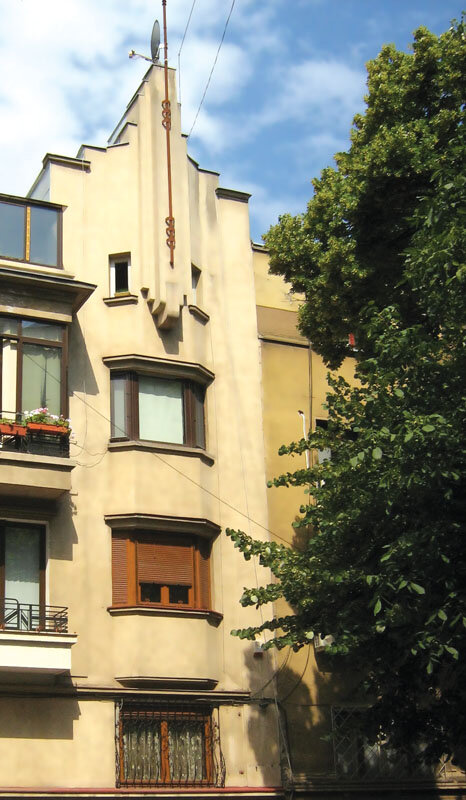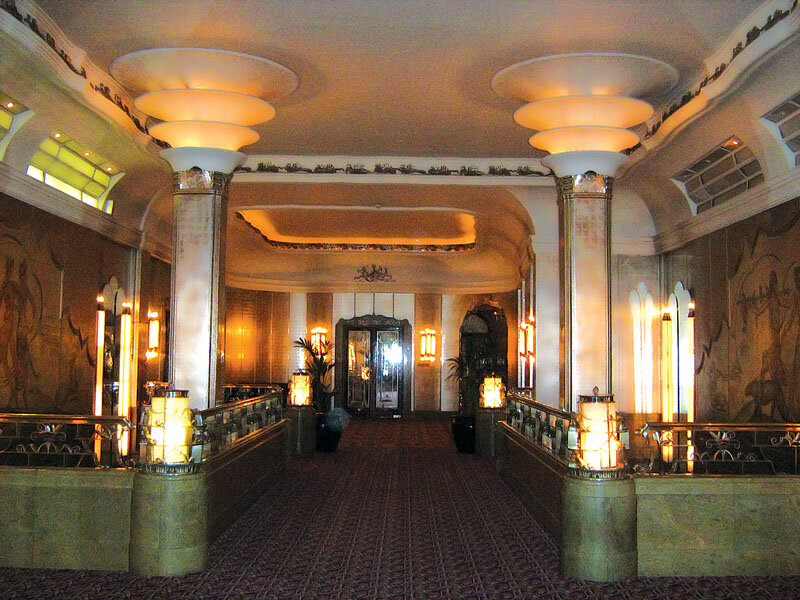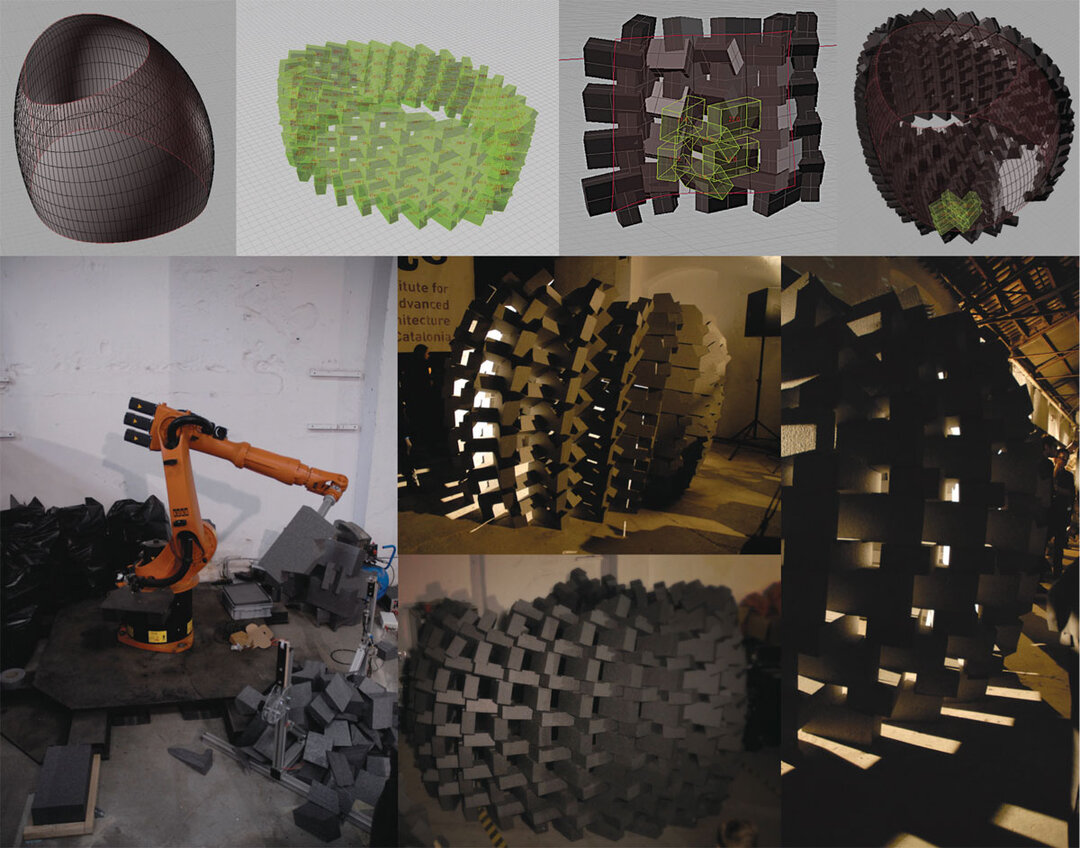
Art Deco or modernism in moderation
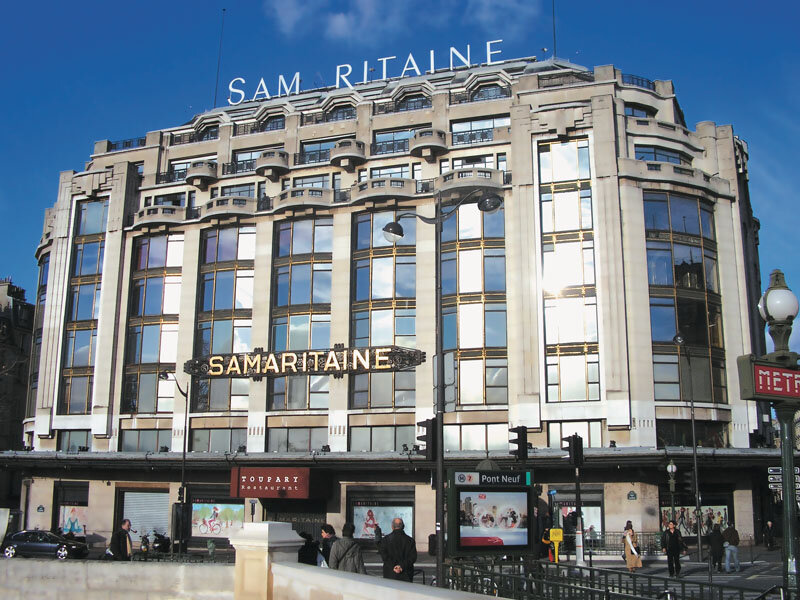
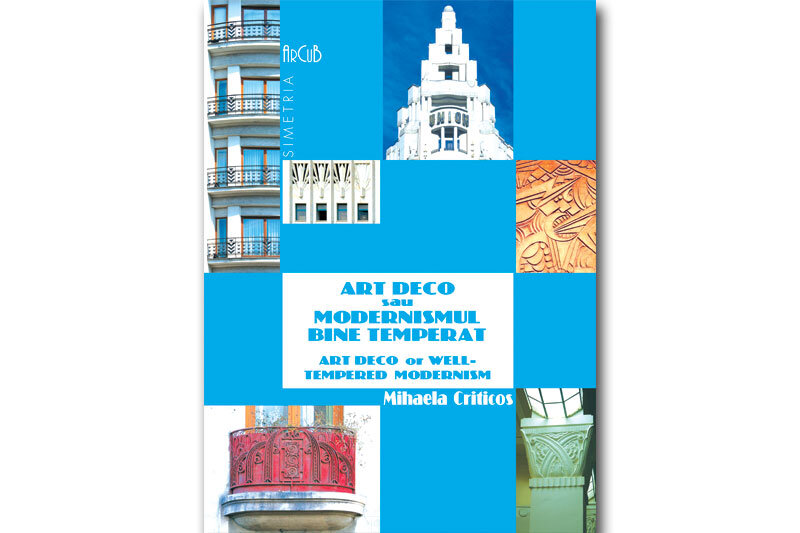
Eclipsed by the heroic epic of progressive modernism and ignored by the great historians of the Modern Movement (Giedion, Zevi, Pevsner), the Art Deco phenomenon was rehabilitated and relaunched in the 1960s and 1970s, the first so-called "postmodern" decades. And not by chance. In the debate on postmodernity, the philosopher Gianni Vattimo, who launched the famous distinction between weak and strong thinking, observed that traditional philosophy, in the line of Platonic doctrine and Christianity, has accustomed us to appreciate "strong" values at the expense of "weak" values: essence and not appearance, the metaphysical and not the physical, the center and not the periphery. In the face of this elitism of thought, which modernity developed Manichaeist, postmodern theory programmatically rediscovers the nuances, semitones and details - the 'weak' values rejected by modernist radicalism.
In this context, the re-evaluation of themes long labeled as minor, disregarded or overlooked becomes emblematic, such as the phenomenon known conjuncturally as 'Art Deco' - a kind of playful and hedonistic modernism, eclectic and tolerant of tradition, which in the inter-war period made its mark, as a "total style", on the entire framework of human existence, from movie theaters and homes to the most modest everyday objects, from ready-to-wear fashion to automobiles and ocean liners, from the Charleston to advertising graphics. Difficult to pin down in a rigorous definition, fluid, heterogeneous and contradictory, Art Deco appears not so much as a style in its own right, but rather as the general tone of the era and even, one could say, as the most faithful reflection of the inter-war zeitgeist.
Although numerous monographs have been written on Art Deco, they focus mainly on the decorative arts or on limited areas (geographical, historical, stylistic) and do not go into the inner workings and intimate nature of the phenomenon, and substantive information is very scattered, particularly in relation to architecture. In addition, in Romania, this theme has remained in the shadows of the specialized literature, being almost unknown to the general public and unfamiliar to specialists, while a significant local deco heritage continues to be ignored, assaulted and even destroyed.
Read the full text in the 3 / 2011 issue of Arhitectura magazine.
ART DECO OR WELL-TEMPERED MODERNISM
While eclipsed by the heroic epic of progressive modernism and ignored by the great historians of the Modern Movement (Giedion, Zevi, Pevsner), the Art Deco phenomenon was rehabilitated and relaunched in the 1960s and 1970s, the first "postmodern" decades. Actually, it is postmodern theory that programmatically rediscovers nuances, semitones and details ("weak" values rejected by modernist radicalism), against the Manichean elitism of traditional philosophy - indebted to the Platonic and Christian doctrines, and further developed by modern thought - which used to appreciate "strong" values to the detriment of "weak" ones: essence and not appearance, metaphysics and not physics, center and not periphery.
In this context, revaluing such themes as the Art Deco phenomenon, long-time labeled as minor, discredited or overlooked, becomes emblematic. This species of ludic and hedonistic modernism, eclectic and tolerant of tradition, appears as the most authentic reflection of the interwar zeitgeist, leaving its mark as a "total style" on the entire built environment, from cinemas and dwellings to the humblest household objects, from prêt-à-porter fashion to the automobile and ocean liner, from charleston to graphic advertising.
The numerous monographs dedicated to Art Deco mainly insist on decorative arts or on limited geographical, historical and stylistic areas, without achieving a thorough analysis of its inner resources and nature, and substantial information is much dissipated, notably as regards architecture. Moreover, in Romania, this issue has remained in a cone of shadow, being almost unknown to the general public and and quite unfamiliar to specialists, while a significant local deco heritage is increasingly ignored, abused or even destroyed.
Read the full text in the print magazine.

